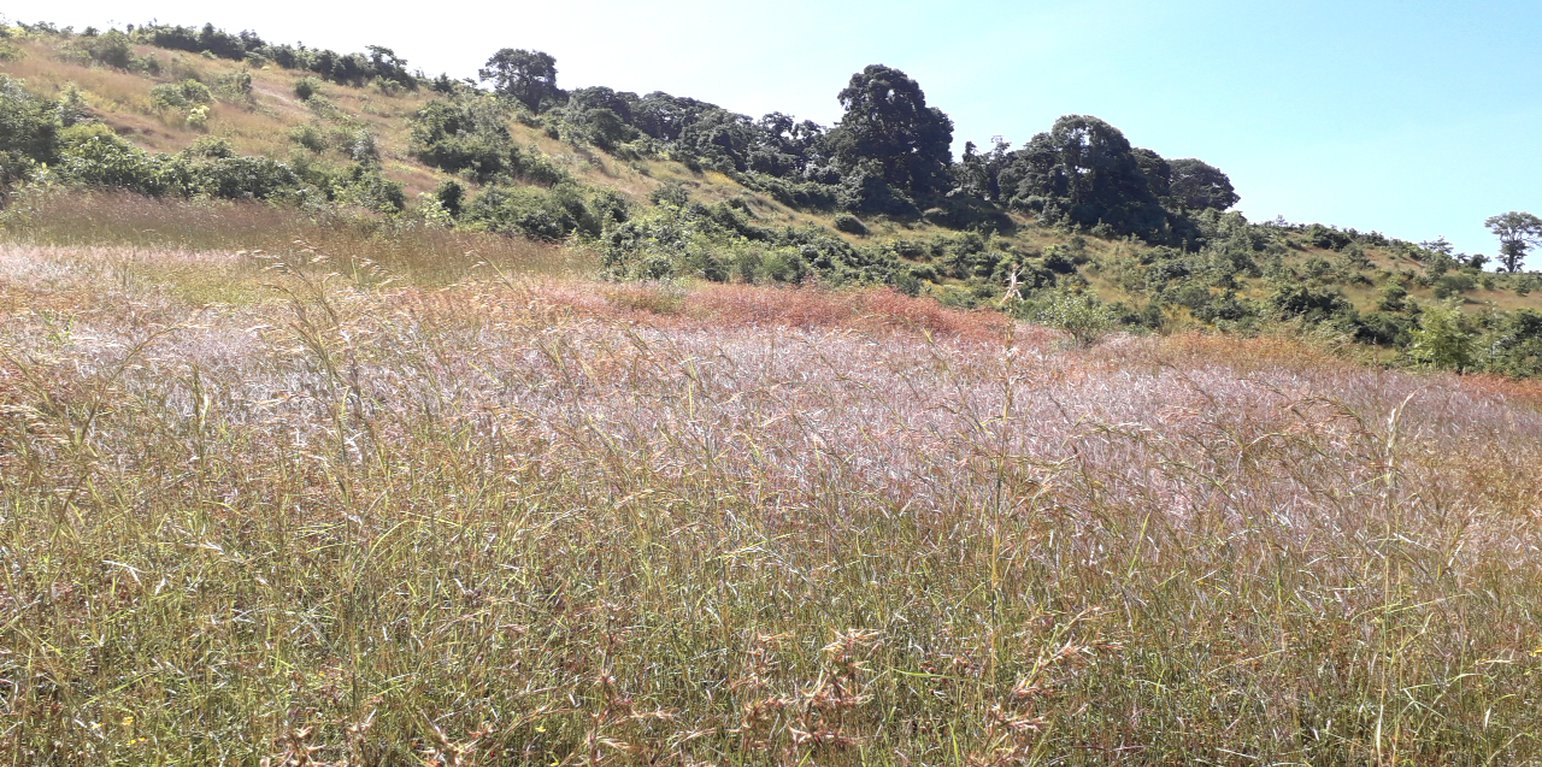



1. The closed area management technology is applied within Abagerima Learning Watershed of the Water and Land Resource Centre project.
2. In the area closures, community-based participatory management is applied to recover degraded areas.
3. The area is closed from agricultural activities and livestock grazing, while water harvesting and drainage structures are constructed, like small trenches and cut-off drains.
4. Natural grasses are regularly cut and carried, and selective trees are planted.
5. Forage growth for animal feed is encouraged, thereby reducing soil erosion, storing water, reducing soil loss, and avoiding conflicts with down-stream users.
6. The community is committed and responsible for closed area management, such as construction of trenches for water drainage and harvesting, plantation of trees, and to reduce soil erosion. The communities of the Abagerima Learning Watershed are very happy to manage their closed areas and equally share the grass biomass, and later on selective trees.
7. As a consequence, forage biomass has been increasing over the past 6 years and is regularly cut and carried, while indigenous and introduced trees are growing.
8. Through these activities, heavily degraded and overgrazed land could be transformed into productive land.
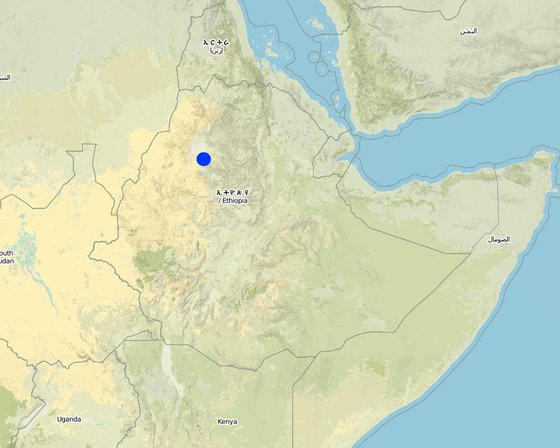
Location: the area is near Bahir Dar regional capital, Amhara Region, West Gojam Zone, Bahir Dar Zurya, Ethiopia
No. of Technology sites analysed: 2-10 sites
Spread of the Technology: evenly spread over an area (0.306 km²)
In a permanently protected area?: No
Date of implementation: 2012; less than 10 years ago (recently)
Type of introduction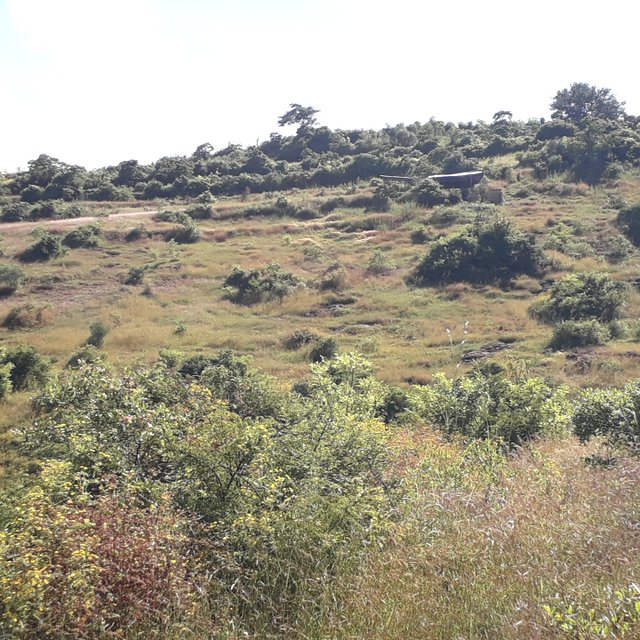
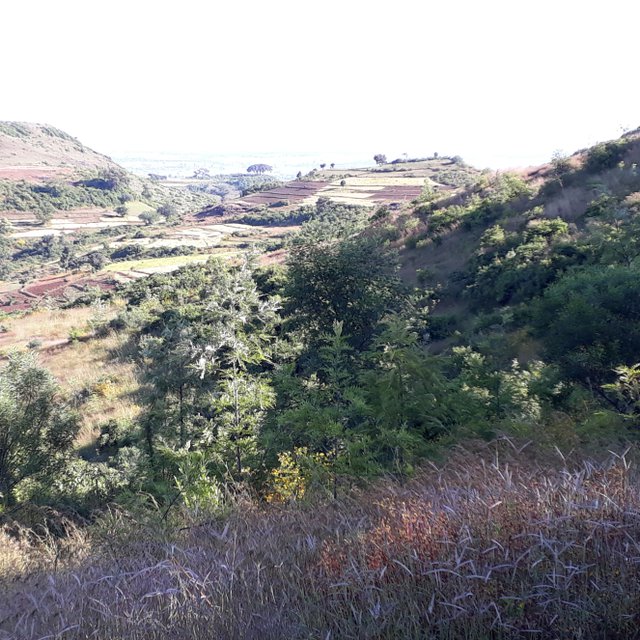

| Species | Count |
| cattle - non-dairy beef | 1656 |
| sheep | 284 |
| goats | 186 |
| horses | 30 |
| mules and asses | 605 |








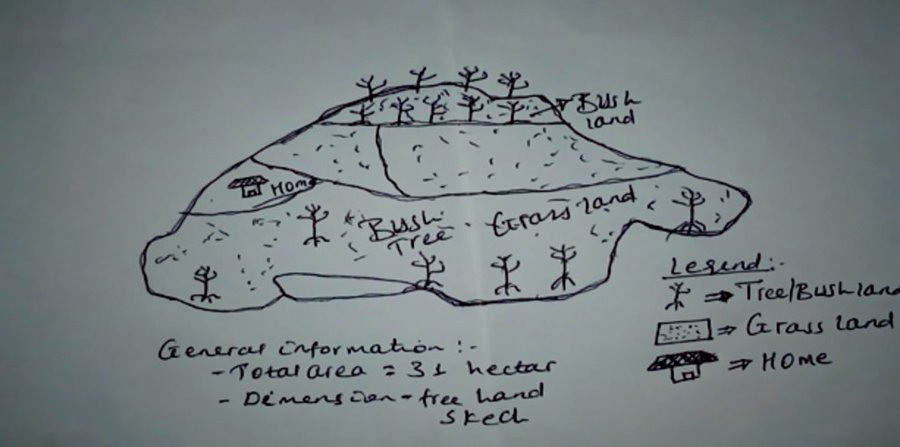
| Specify input | Unit | Quantity | Costs per Unit (USD) | Total costs per input (USD) | % of costs borne by land users |
| Labour | |||||
| construction of trenches | person-days | 210.0 | 3.7 | 777.0 | |
| pit preparation for tree planting | numbers | 90.0 | 1.5 | 135.0 | |
| Equipment | |||||
| hand tools | numbers | 240.0 | 2.8 | 672.0 | |
| Plant material | |||||
| tree seedlings | numbers | 106.0 | 1.5 | 159.0 | 50.0 |
| grass and legume seeds | kg | 200.0 | 22.0 | 4400.0 | 50.0 |
| Total costs for establishment of the Technology | 6'143.0 | ||||
| Total costs for establishment of the Technology in USD | 6'143.0 | ||||
| Specify input | Unit | Quantity | Costs per Unit (USD) | Total costs per input (USD) | % of costs borne by land users |
| Labour | |||||
| grass cutting | person-days | 150.0 | 3.7 | 555.0 | 100.0 |
| bush clearing | person-days | 20.0 | 3.7 | 74.0 | 100.0 |
| Total costs for maintenance of the Technology | 629.0 | ||||
| Total costs for maintenance of the Technology in USD | 629.0 | ||||